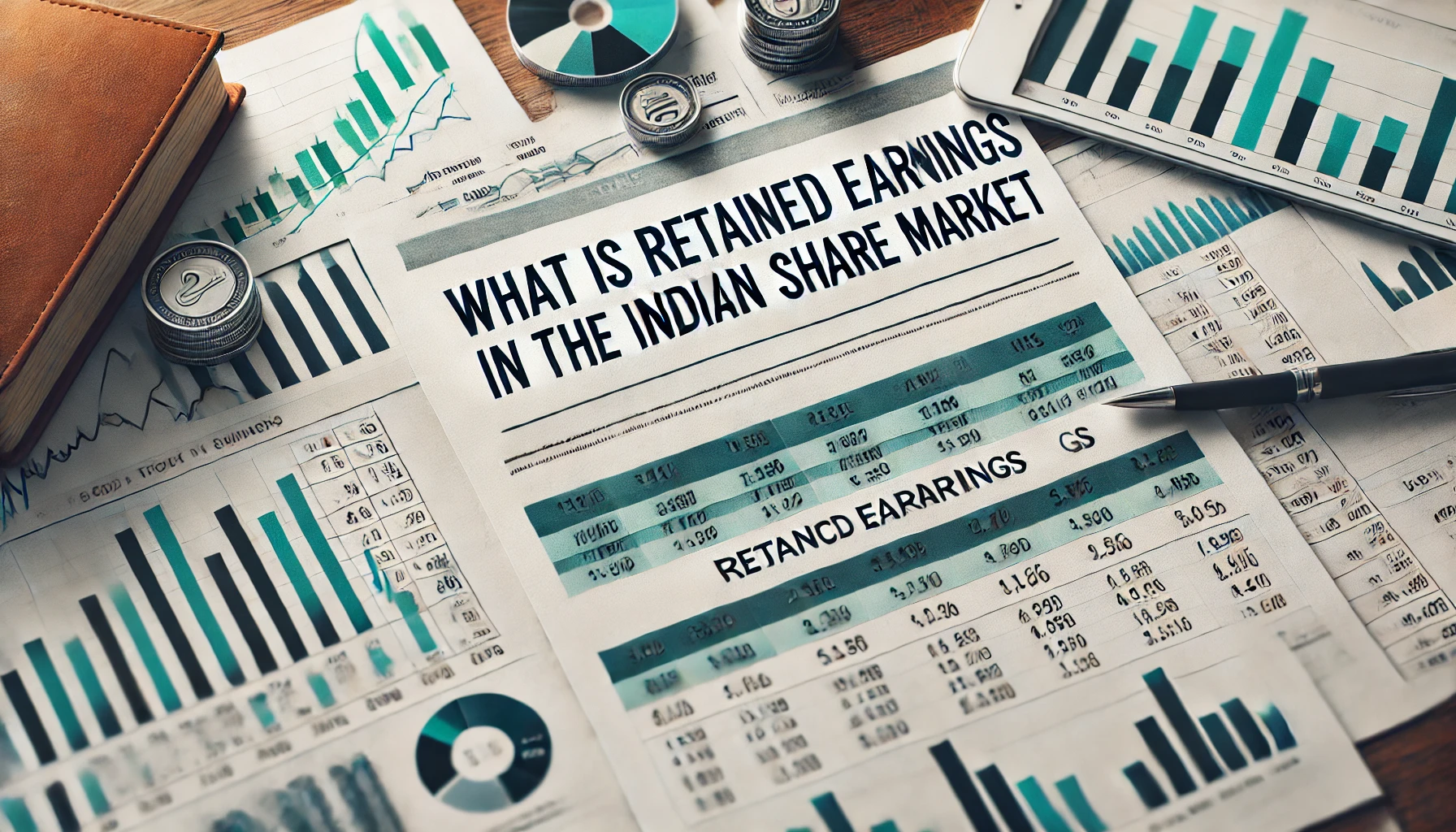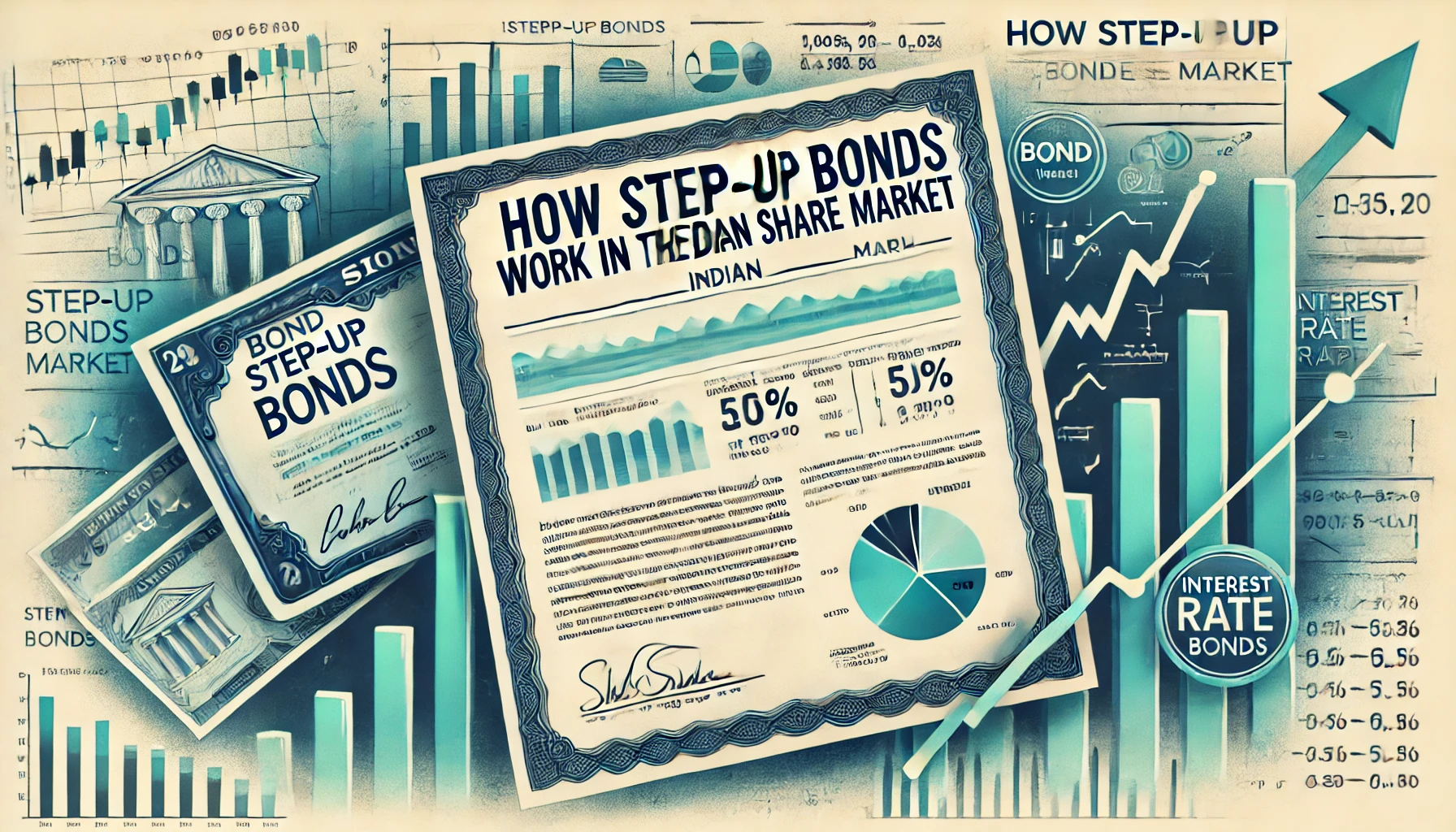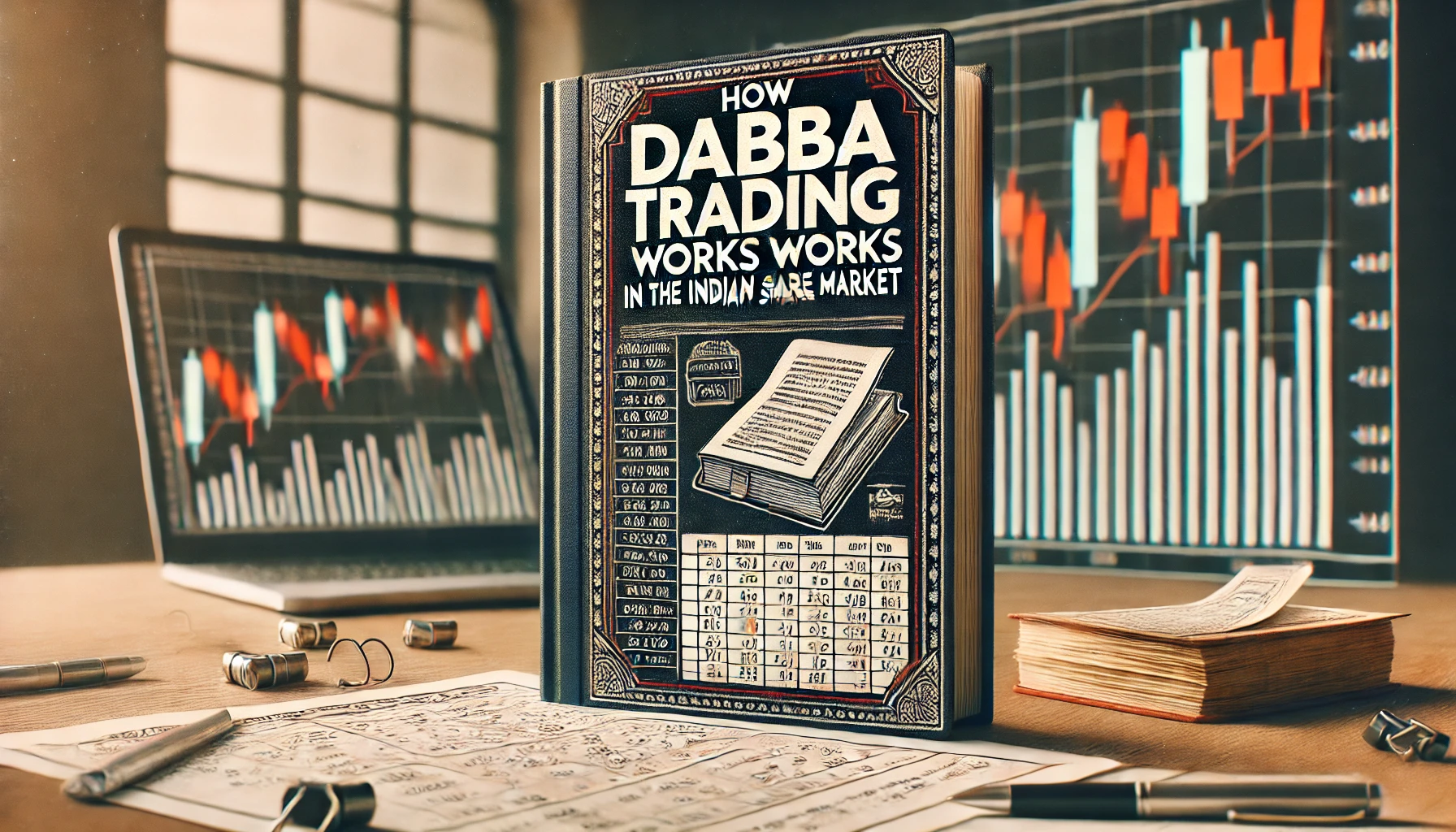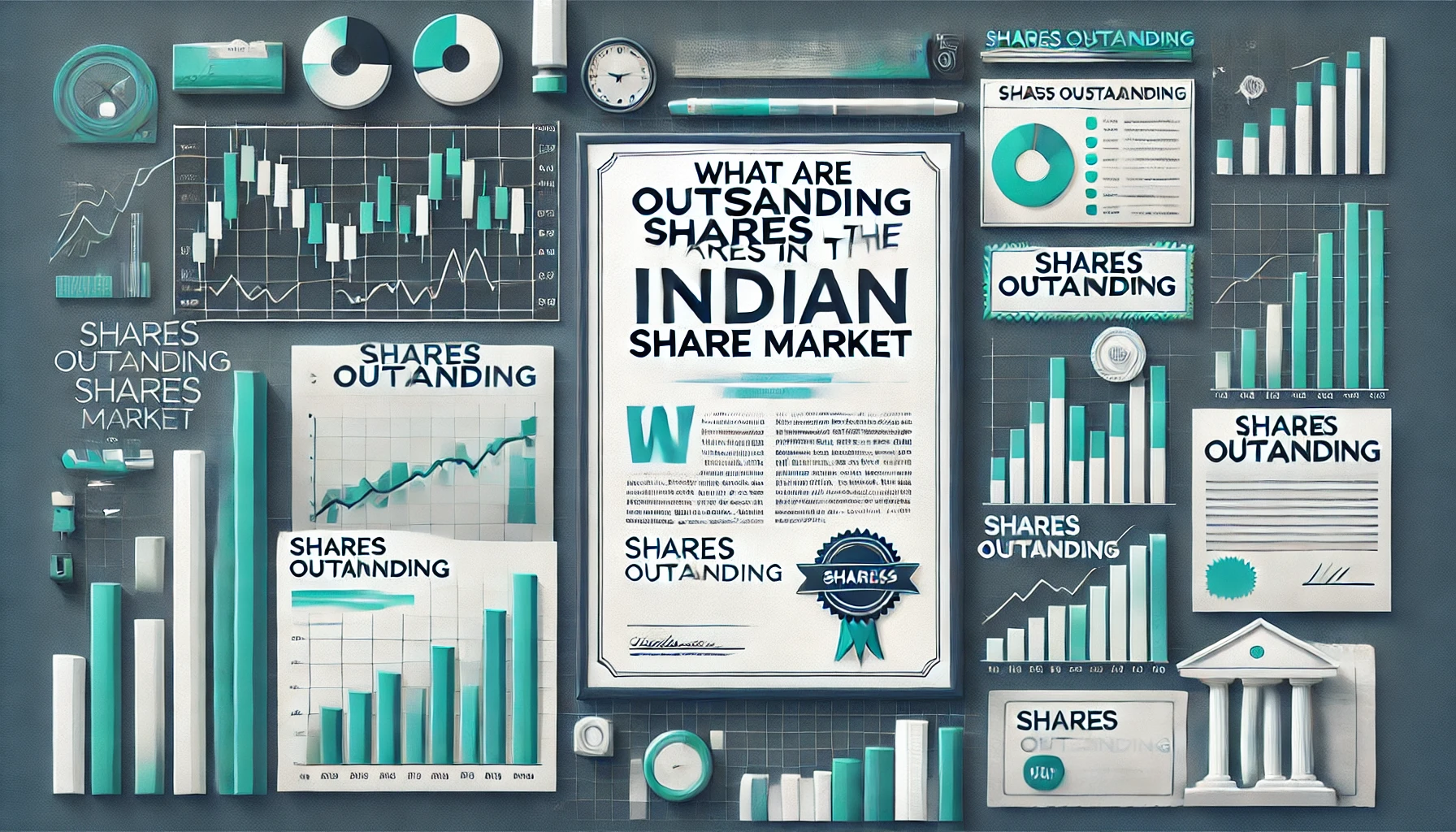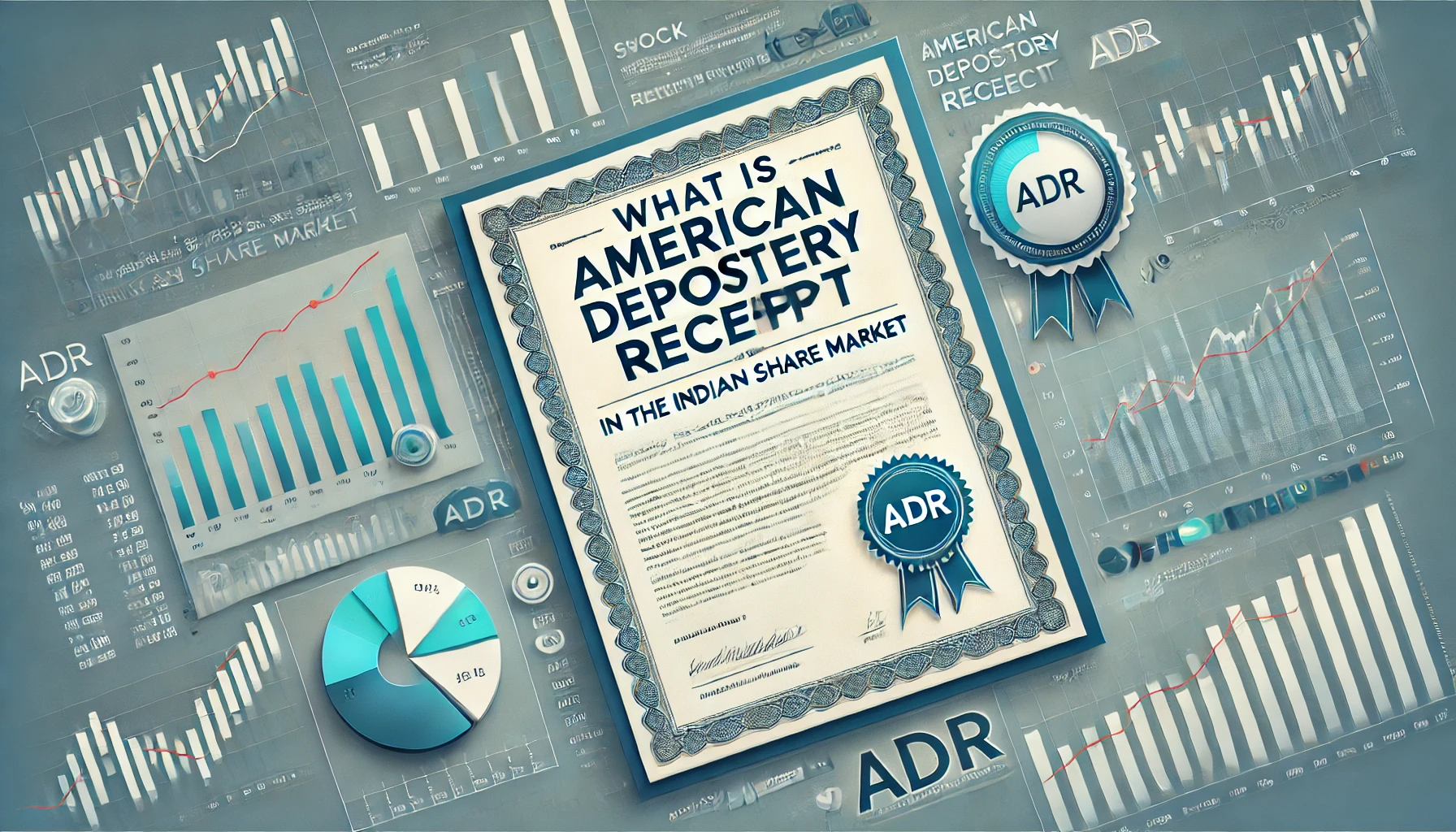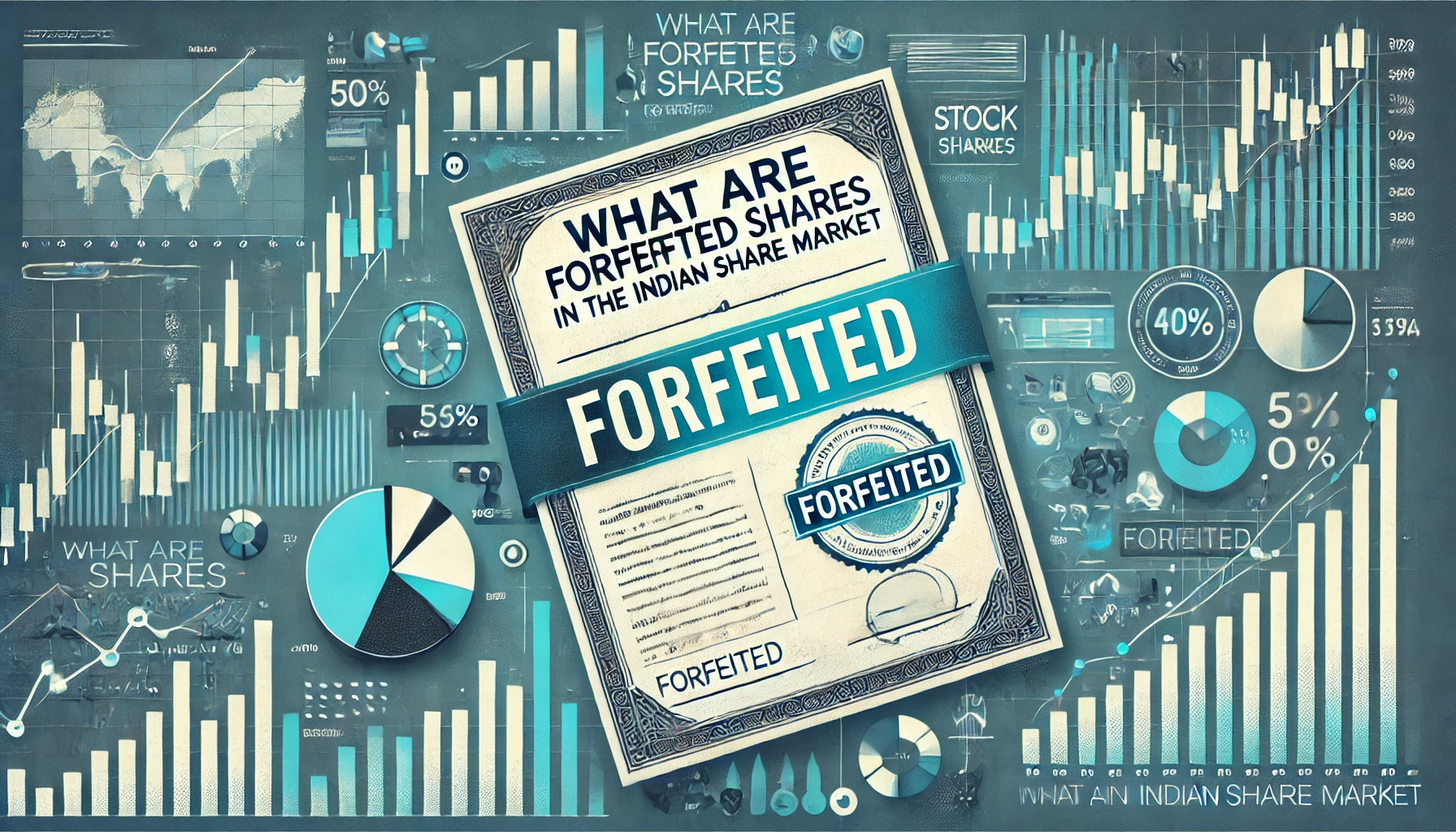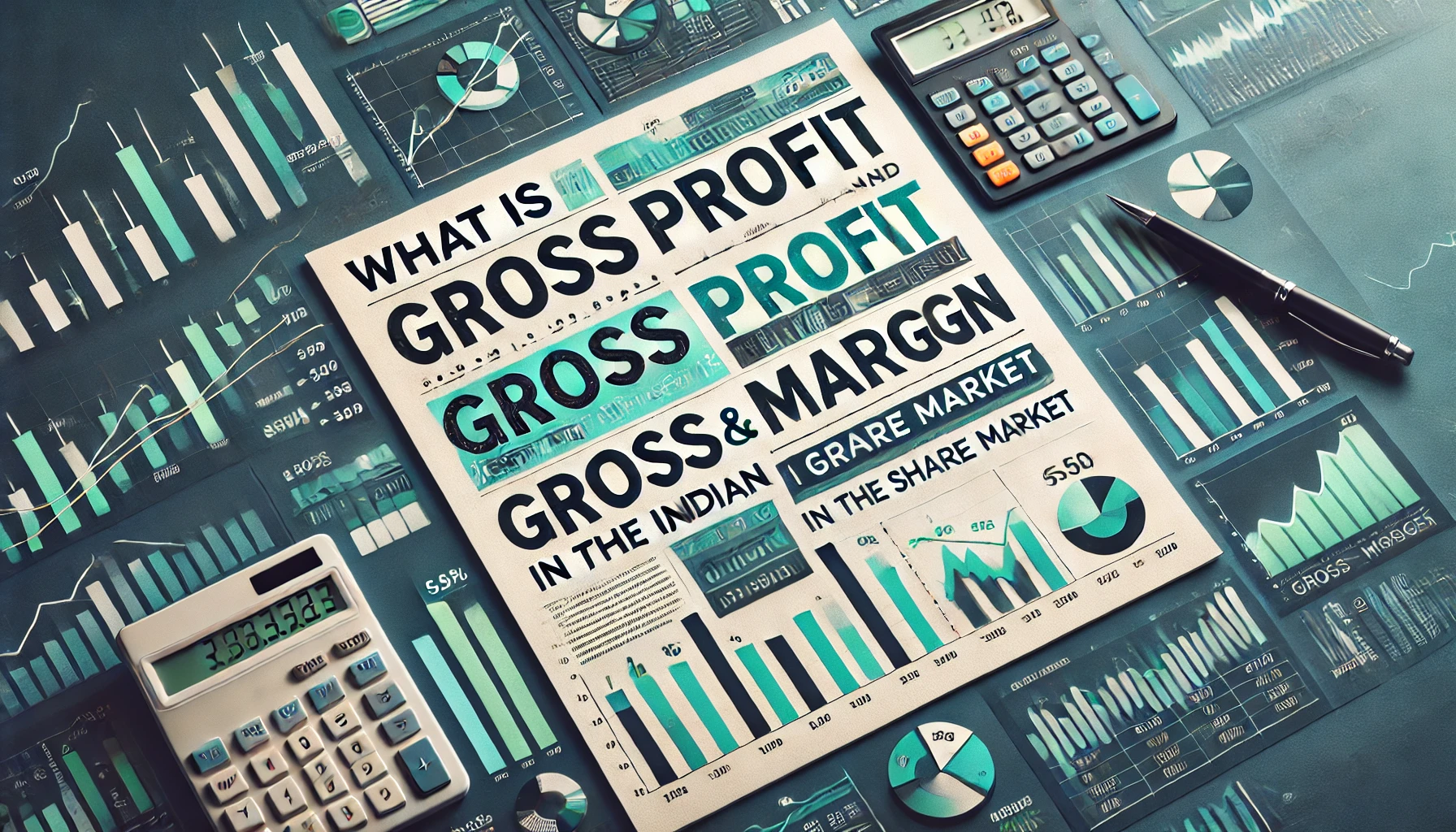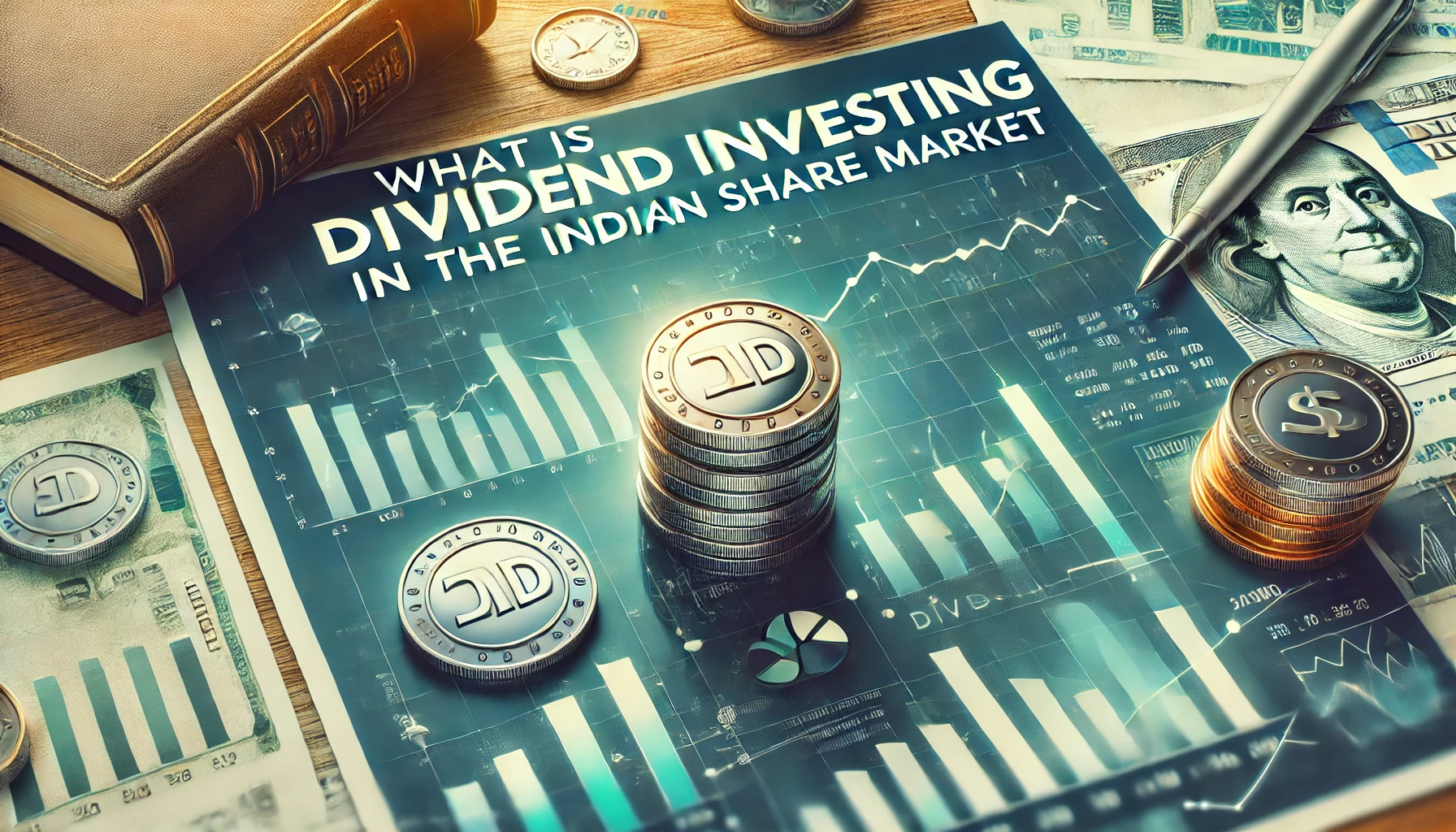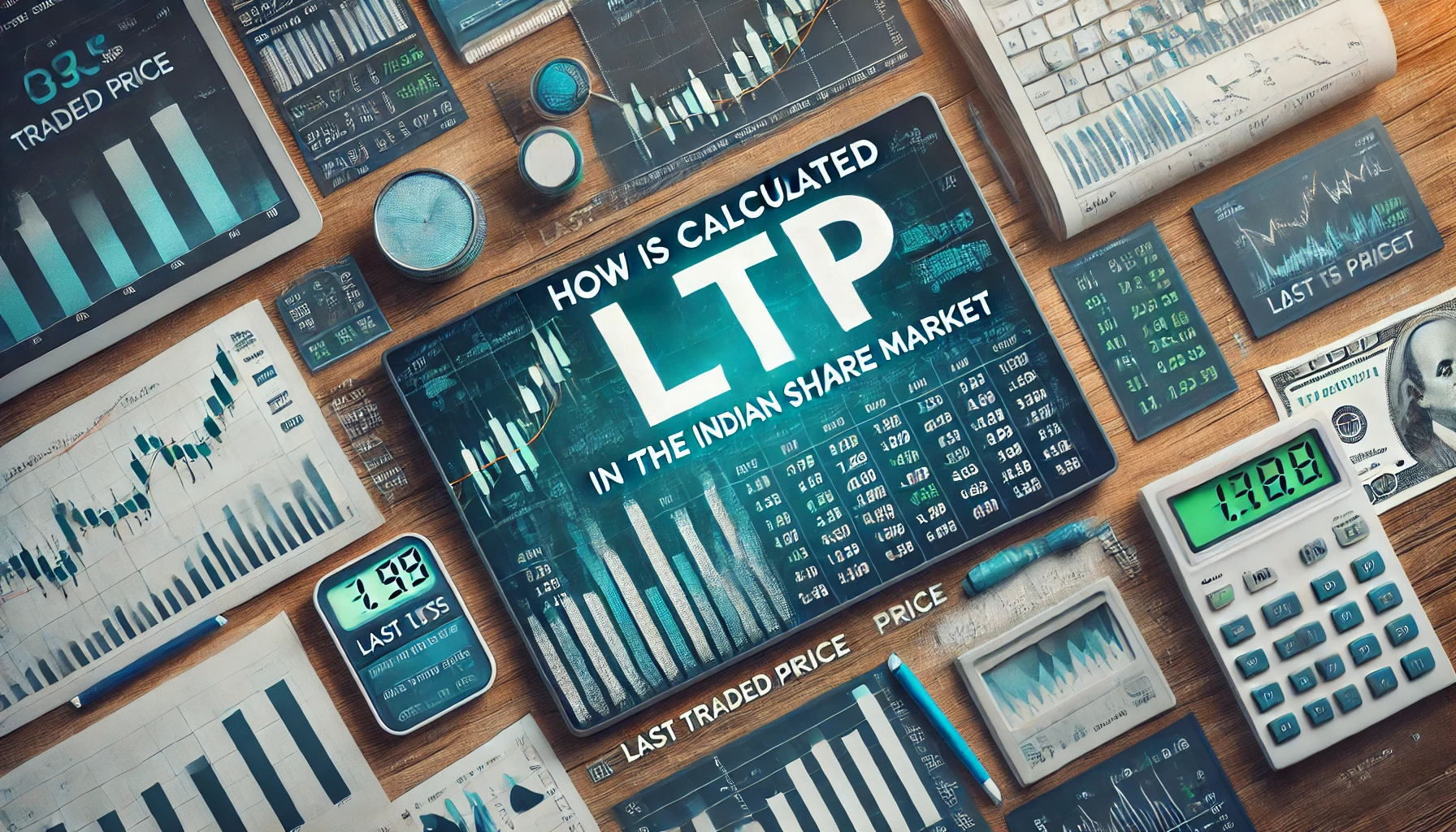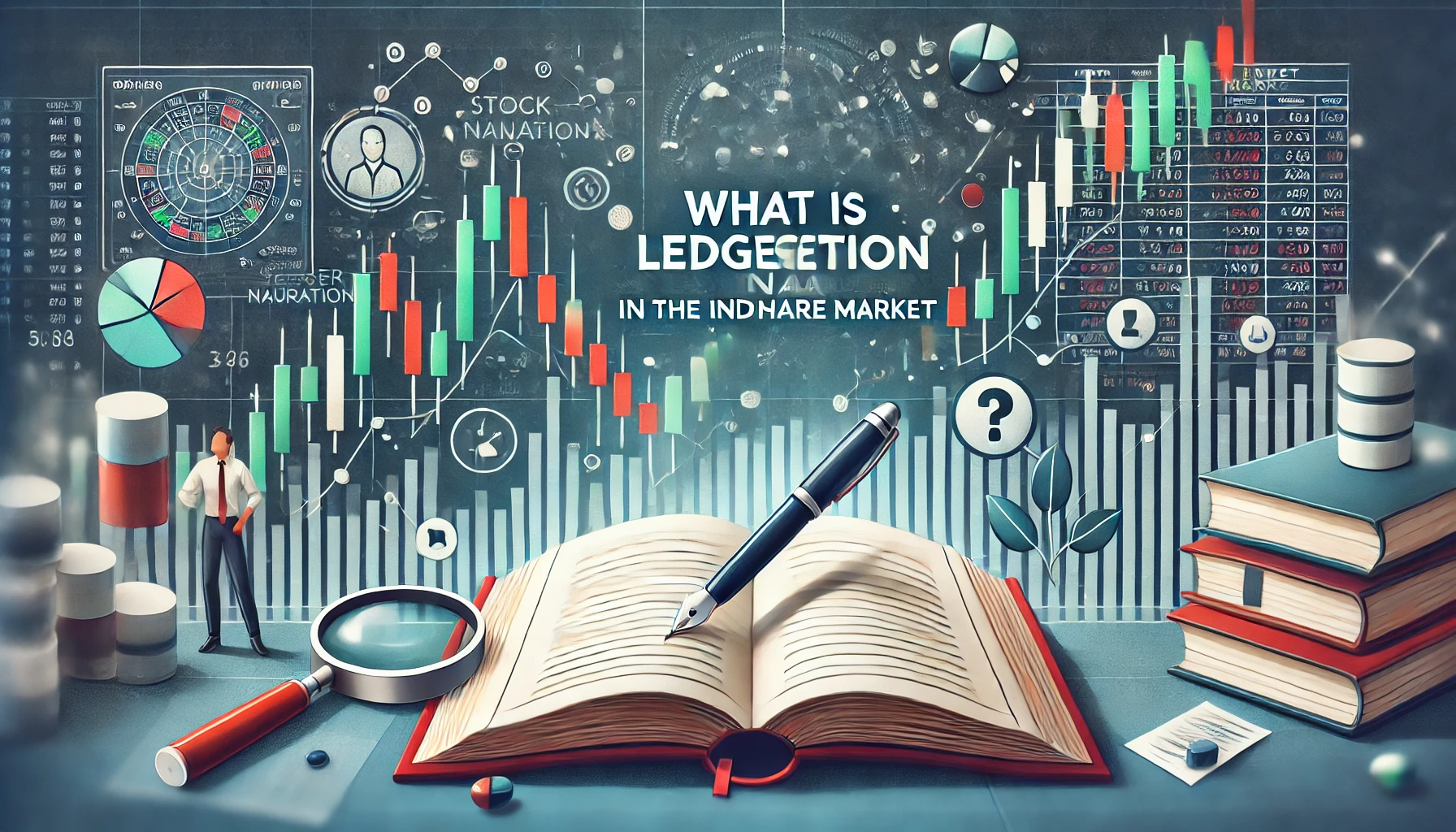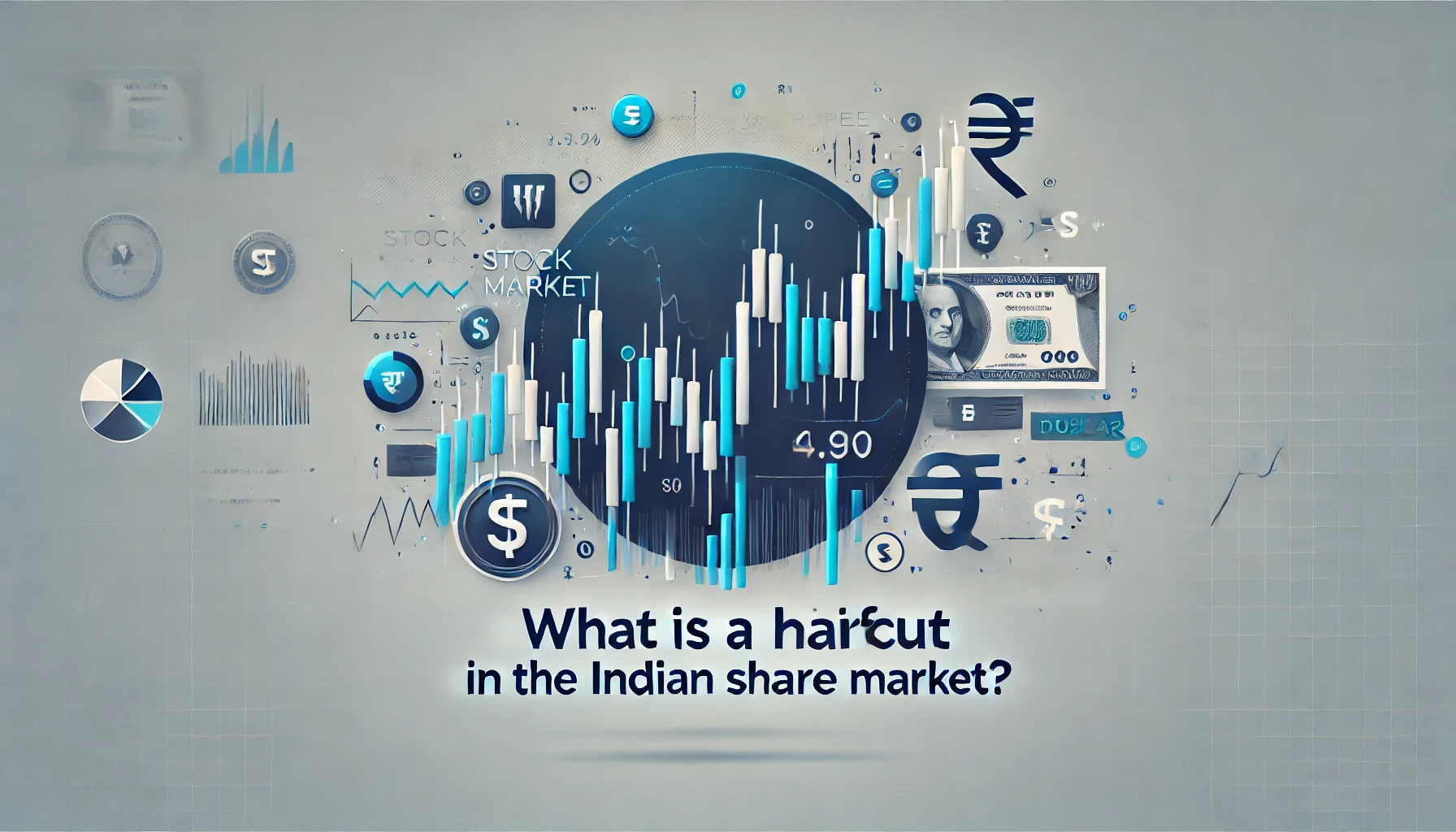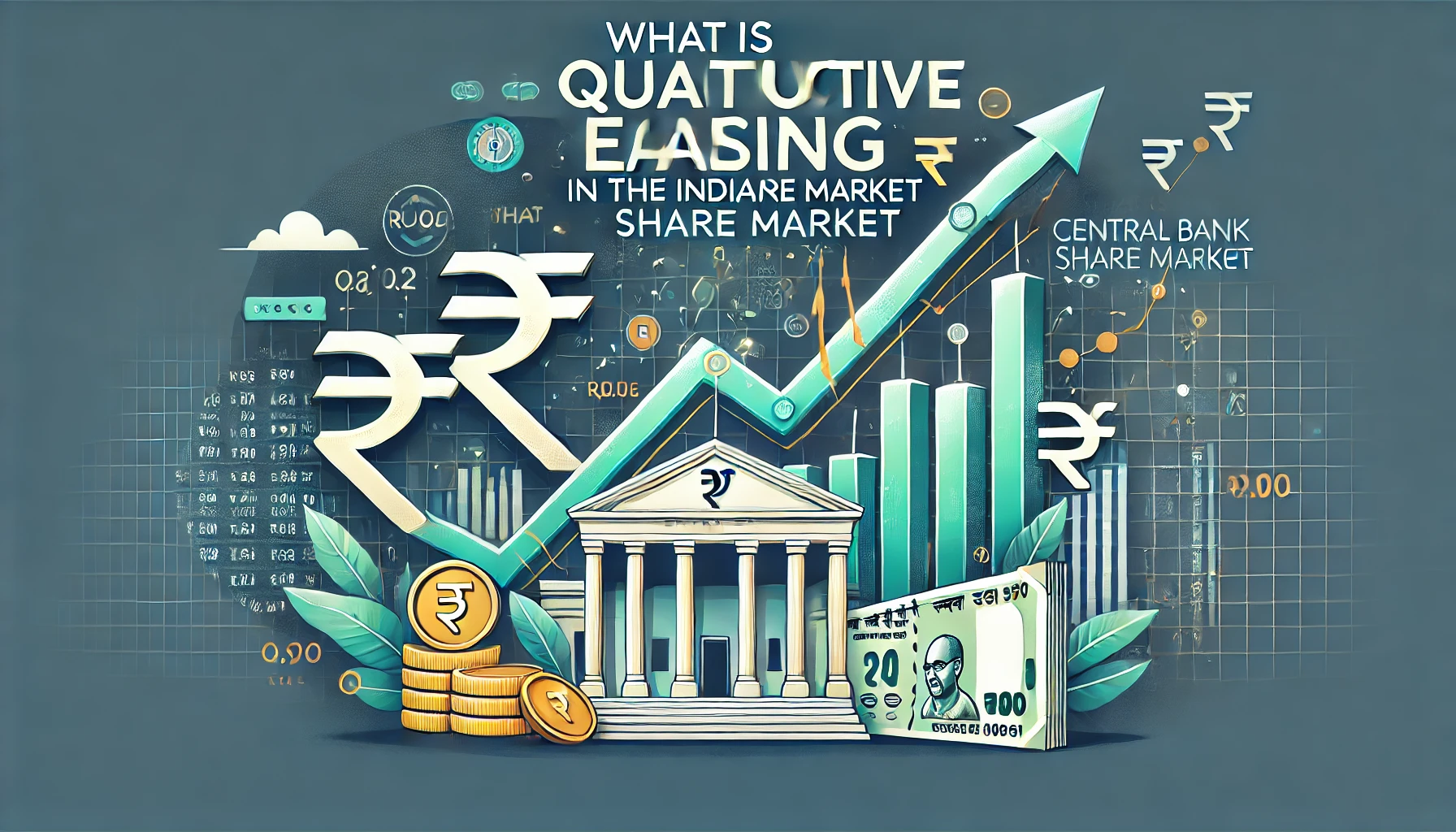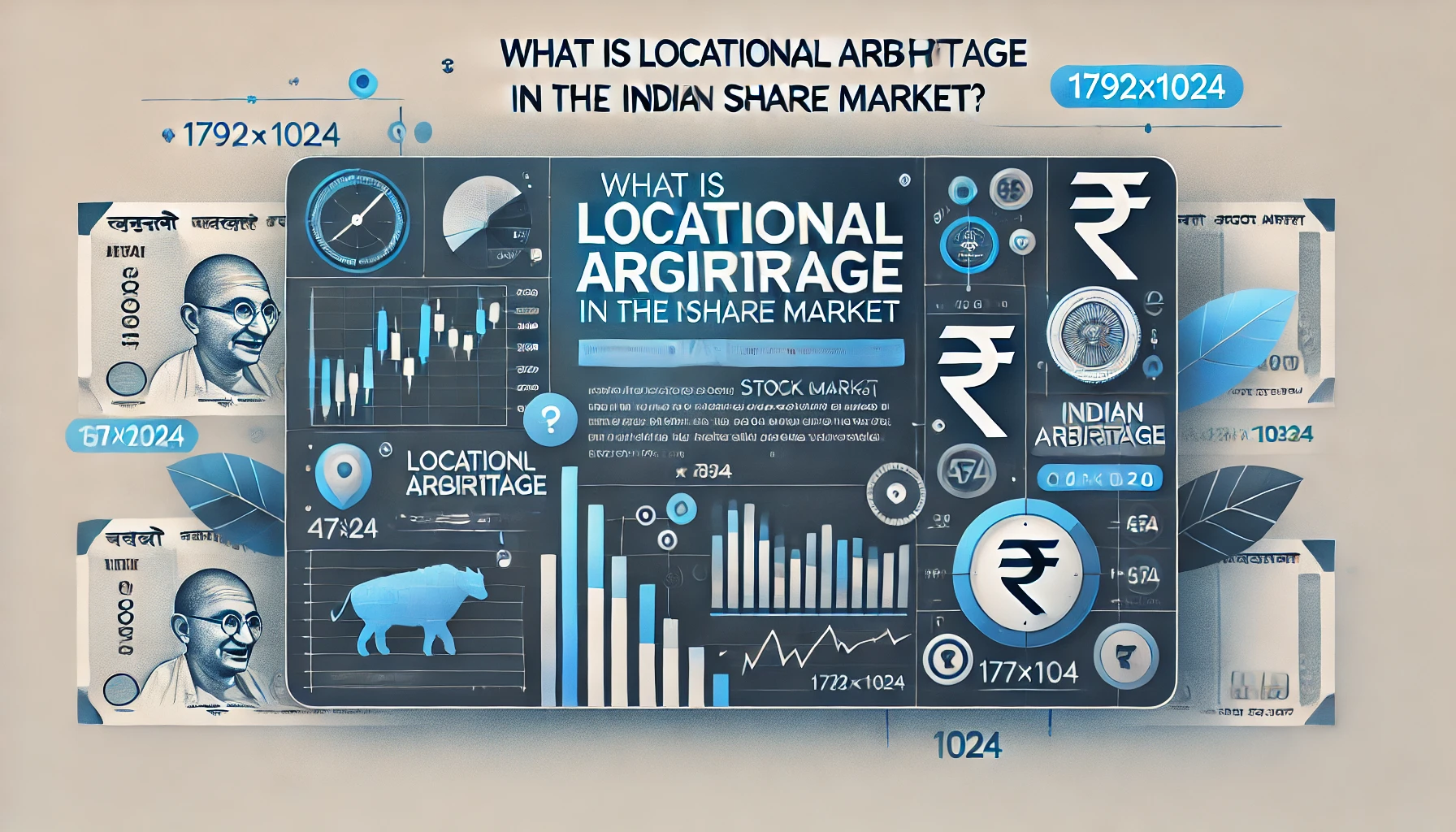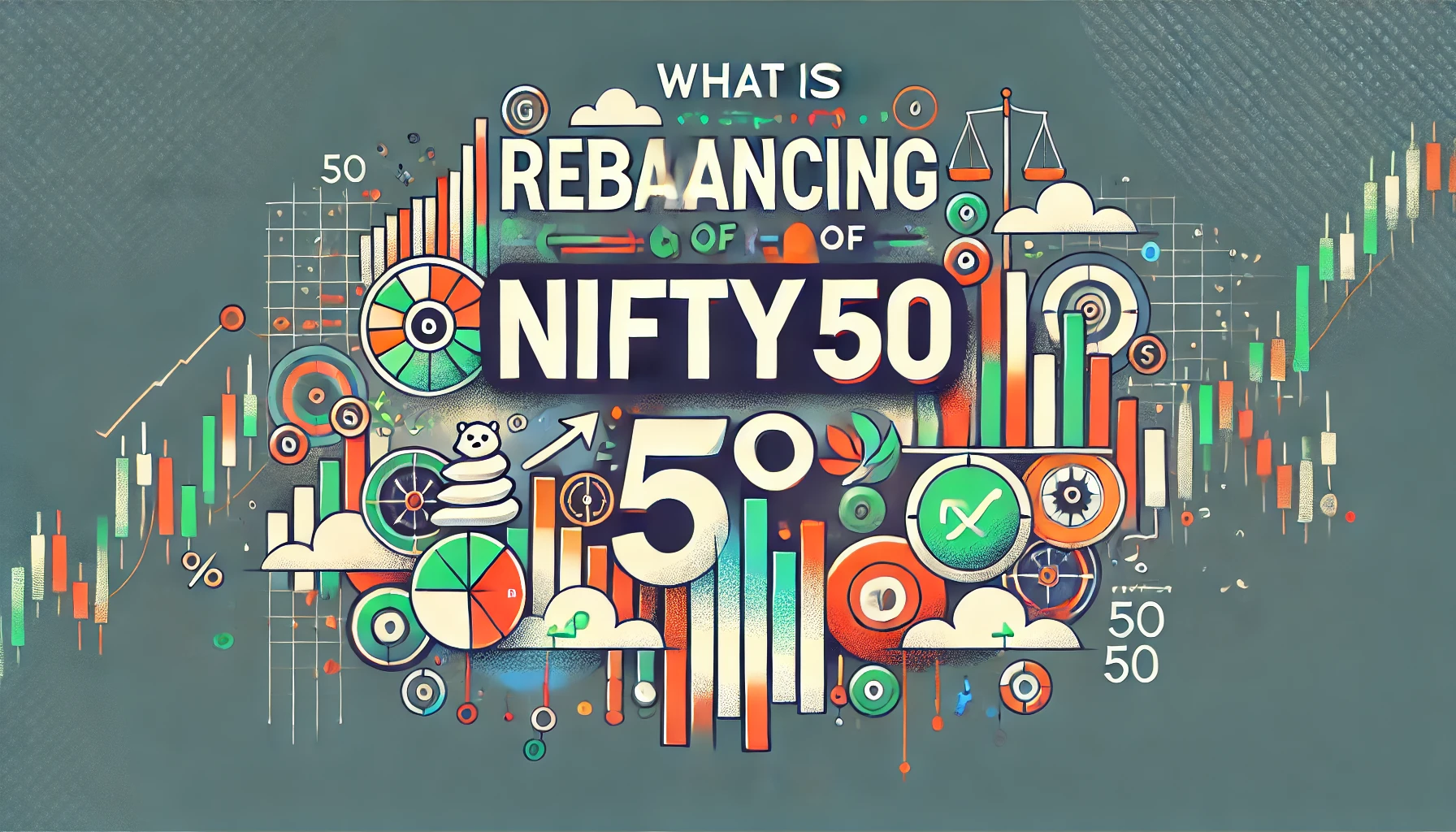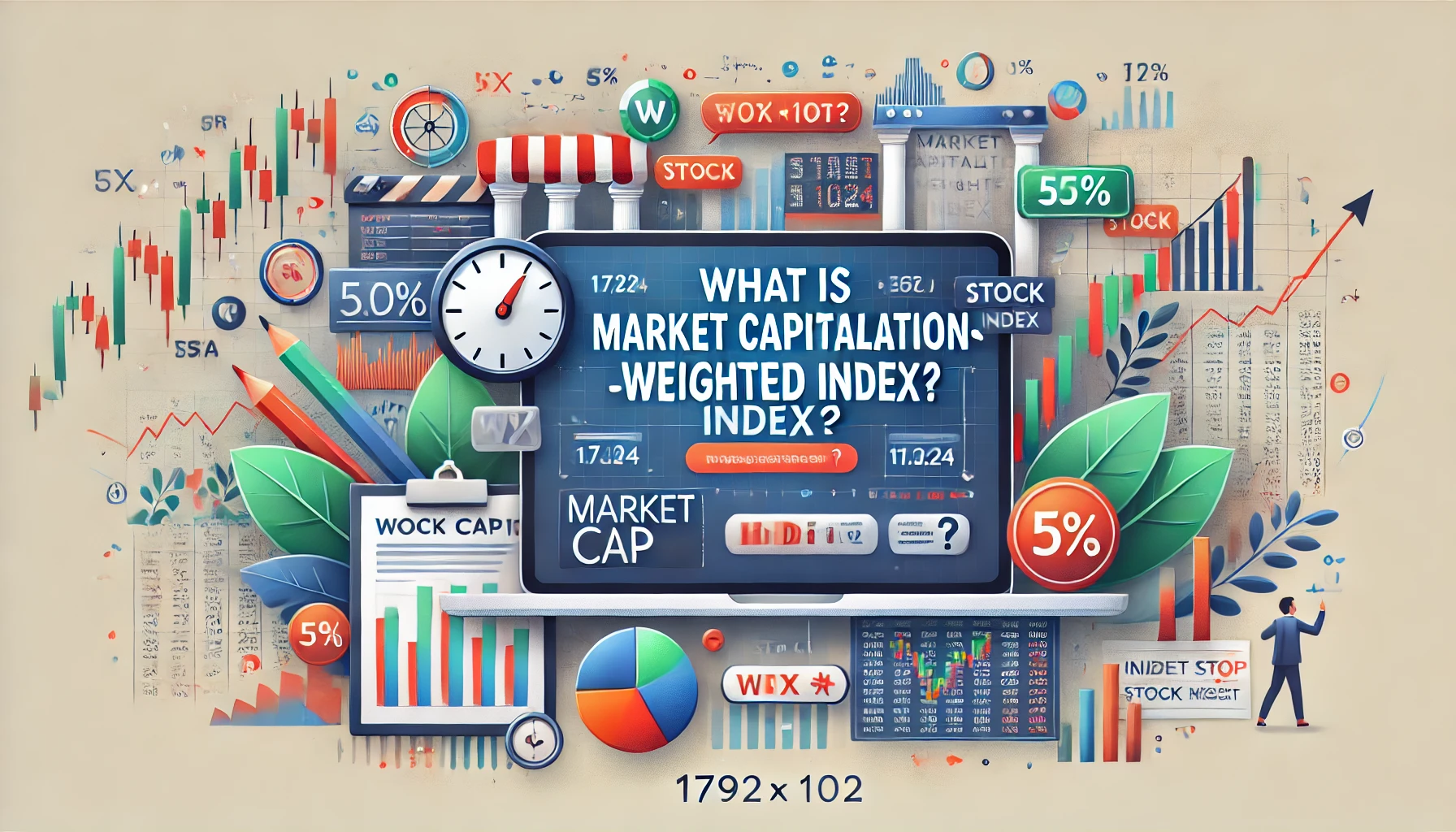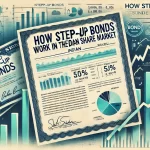Gold has long been viewed as a sanctuary for investors during periods of economic turbulence and uncertainty. This article delves deep into the reasons behind the consistent rise in gold prices during crises, supported by historical trends, economic data, and expert insights.
The Nature of Gold as a Safe-Haven Asset
Why Gold Is Considered a Safe Investment
Gold is a tangible asset that has intrinsic value, unlike fiat currencies or stocks. During financial crises, gold serves as a hedge against inflation, currency devaluation, and declining equity markets. Investors gravitate toward gold due to:
- Intrinsic Value: Gold retains its value over centuries, making it a reliable store of wealth.
- Low Correlation: Gold often moves independently of traditional assets like stocks and bonds.
- Hedge Against Inflation: Gold prices tend to rise when inflation erodes the purchasing power of currencies.
Psychological Safety
During uncertain times, gold is perceived as a symbol of stability. This psychological safety further drives demand, pushing up prices.
Historical Gold Price Trends During Crises
| Crisis | Year | Gold Price Before Crisis (USD/Ounce) | Gold Price After Crisis (USD/Ounce) | % Increase |
|---|---|---|---|---|
| Global Financial Crisis | 2008 | 869 | 1,050 | 20.8% |
| Eurozone Debt Crisis | 2010-2012 | 1,200 | 1,700 | 41.7% |
| COVID-19 Pandemic | 2020 | 1,500 | 2,070 | 38.0% |
| Russia-Ukraine War | 2022 | 1,820 | 2,070 | 13.7% |
This table highlights gold’s consistent upward trajectory during global economic or geopolitical crises.
Key Factors Driving Gold Prices During Uncertain Times
1. Declining Interest Rates
Central banks often cut interest rates during crises to stimulate economic growth. Lower interest rates reduce the opportunity cost of holding gold, making it more attractive.
2. Currency Depreciation
Crises often lead to weaker fiat currencies. As gold is priced in major currencies like the US Dollar, any depreciation boosts its price.
3. Demand-Supply Dynamics
Gold has a finite supply. When demand surges during crises, prices increase due to supply constraints.
4. Inflation and Gold’s Hedge Role
Inflation erodes currency value, prompting investors to seek refuge in gold. For example, during the 1970s oil crisis, gold prices skyrocketed as inflation soared.
The Indian Perspective on Gold During Crises
Cultural Importance of Gold
In India, gold isn’t just an investment; it holds cultural and traditional value. This ensures a steady demand even during uncertain times.
Rupee Depreciation
The Indian Rupee’s depreciation during global crises further increases gold’s price in the domestic market.
Gold ETFs and Digital Gold
The growing adoption of Gold ETFs and digital gold in India has made it easier for investors to capitalize on price rallies during volatile periods.
Comparative Analysis: Gold vs Other Assets During Crises
| Asset | Performance During Crises | Risk Level | Liquidity |
|---|---|---|---|
| Gold | Significant price appreciation | Low | High |
| Equities | Sharp declines | High | Moderate |
| Bonds | Stable returns | Low | Moderate |
| Real Estate | Illiquid, price declines likely | Medium | Low |
Gold consistently outperforms other asset classes in crises, proving its resilience.
How to Invest in Gold During Crises
1. Physical Gold
- Pros: Tangible and secure.
- Cons: Storage and security concerns.
2. Gold ETFs
- Pros: Highly liquid and convenient.
- Cons: Slight tracking errors.
3. Digital Gold
- Pros: Low investment threshold.
- Cons: Limited regulatory oversight.
4. Sovereign Gold Bonds (SGBs)
- Pros: Government-backed with interest payments.
- Cons: Fixed tenure.
Gold’s Role in Portfolio Diversification
Gold serves as an essential component in diversified portfolios due to its inverse correlation with equity markets. During the 2008 crisis, portfolios with a 10-20% allocation to gold saw significantly reduced losses compared to equity-heavy portfolios.
Historical Data of Gold Prices in India
| Year | Average Gold Price (INR/10 gm) | Key Events |
|---|---|---|
| 2000 | 4,400 | Dot-com Bubble Burst |
| 2008 | 12,500 | Global Financial Crisis |
| 2020 | 48,651 | COVID-19 Pandemic |
| 2022 | 52,000 | Russia-Ukraine War |
The data illustrates the strong correlation between crises and gold price spikes in India.
Why Gold Prices Normalize After Crises
Once stability returns, gold prices often stabilize or even decline as risk appetite shifts back to equities and other high-yield investments.
Conclusion
Gold’s enduring appeal during crises stems from its intrinsic value, historical performance, and role as a hedge against volatility. Whether you’re an investor or someone safeguarding your wealth, understanding gold’s behavior during uncertain times can help you make informed financial decisions.

